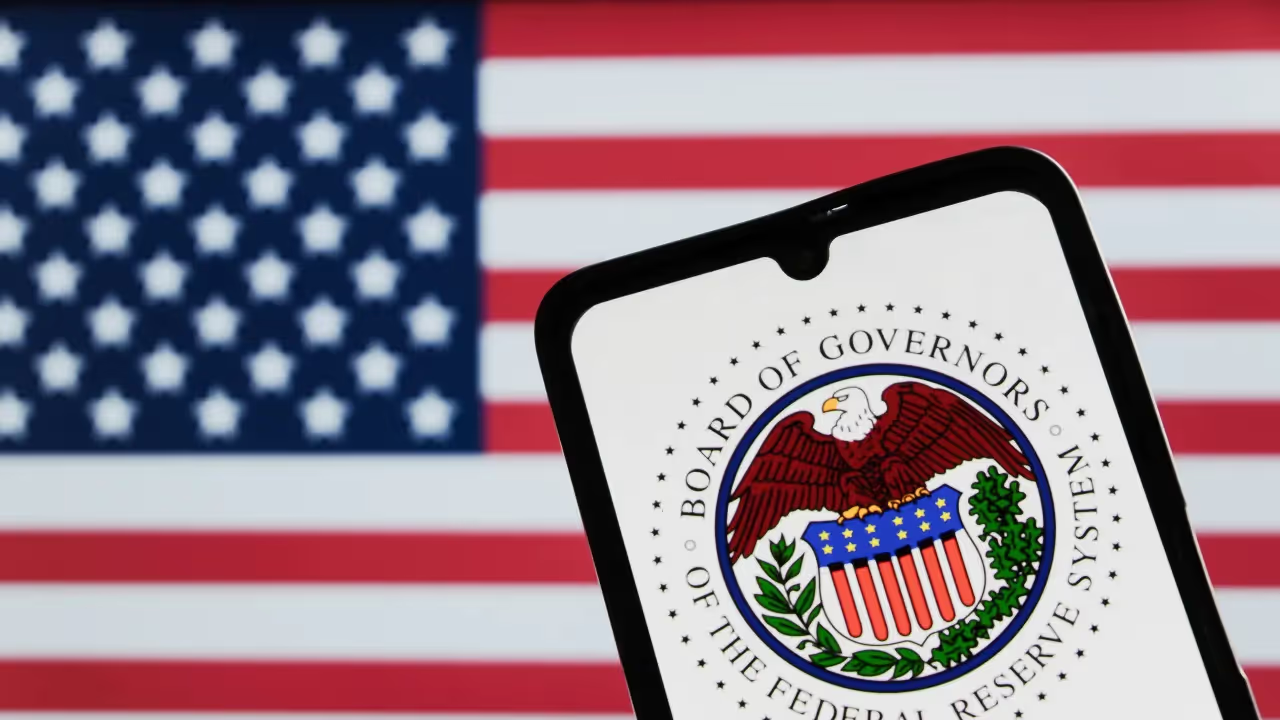Logan viewed that the details of the June consumer price inflation report, released on Tuesday, suggested that the annual PCE inflation rate through June would increase slightly.
The tariff-induced inflation appears to be at the top of the minds of Federal Reserve officials, with Dallas Fed President Lorie Logan signaling late Tuesday that the current monetary policy is appropriate.

In a prepared speech delivered before the World Affairs Council of San Antonio, Logan said she would like to see low inflation continue longer to be convinced of easing pricing pressure. She noted that the index of price consumption expenditure (PCE), considered the Fed’s favorite inflation gauge, rose 2.3% over the 12 months ended in May.
This, although marked a substantial decline from the post-pandemic peak of 7.2%, was still above the central bank's 2% target, Logan said.
“While the last several monthly inflation prints have been encouraging, short streaks of good news have raised hopes before, only to disappoint people when inflation rebounded.”
Logan viewed that the details of the June consumer price inflation report, released on Tuesday, suggested that the annual PCE inflation rate through June would increase slightly.
The Fed official qualified the labor market as “solid,” with the unemployment rate staying put at 4.1% and other metrics such as job openings, quits and businesses’ hiring and firing rates moving sideways.
Overall, Logan said the U.S. economy has been “stable” over the past year despite “substantial shifts in domestic policies and geopolitics.”
Some of the optimism seen in the market is due to traders factoring in multiple cuts later this year. The SPDR S&P 500 ETF (SPY) and the Invesco QQQ Trust (QQQ), exchange-traded funds (ETFs) that track the S&P 500 Index and the Nasdaq 100 Index, have gained 6.79% and 9.18%, respectively, for the year.
The SPY ETF was the most active ticker on Stocktwits late Tuesday, with sentiment toward the ETF ‘bearish’ (39/100).
Delving into the monetary policy outlook, she said, “My base case is that we’ll need to keep interest rates modestly restrictive for some time to complete the work of returning inflation sustainably to the 2 percent target.”
But she did not rule out the possibility of lowering rates soon in the event of inflation softening, along with the weakening of the labor market.
Logan noted that President Donald Trump’s tariffs have had only a modest imprint on inflation so far. “They appear likely to create additional pressure for some time,” she said.
“Inventories and fixed-price contracts have helped some companies temporarily hold the line, but higher tariffs will need to be priced in when contracts renew and inventories run out.”
“All this adds up, for me, to a base case in which monetary policy needs to hold tight for a while longer to bring inflation sustainably back to target—and in this base case, we can sustain maximum employment even with modestly restrictive policy,” Logan said.
The Fed official’s comments come even as the Trump administration steps up pressure on the central bank to lower rates. Following the inflation print, Trump called for rate cuts in a post on Truth Social.
“Fed should cut Rates by 3 Points. Very Low Inflation. One Trillion Dollars a year would be saved!!!” the president said.
Fed Chair Jerome Powell has continued to resist calls for rate cuts, opting instead for a data-dependent approach.
Treasury Secretary Scott Bessent confirmed on Tuesday that an active search for a replacement for Powell is underway.
Last week, Chairman of the Board of Fannie Mae and Freddie Mac William Pulte said, “I’m encouraged by reports that Jerome Powell is considering resigning. I think this will be the right decision for America, and the economy will boom.”
For updates and corrections, email newsroom[at]stocktwits[dot]com.<
